We explain all the steps you need to know to know the version of Windows you have installed and whether it is 32 or 64 bit. Find out now!
Finding out exactly which edition of Windows you own is easier than you might think. Read on to find out the commands that need to be executed or the sections you need to go to to know all about the operating system installed on the computer. We help you find out if you have a 32-bit or 64-bit processor and if your version of Windows is more suitable.
Also, let’s briefly review the different versions than Microsoft created your operating system. This way you will be able to know which specific version you have, if it can be 32 or 64 bit or if it is fully updated.
Got Windows 11? So your computer is 64 bit?
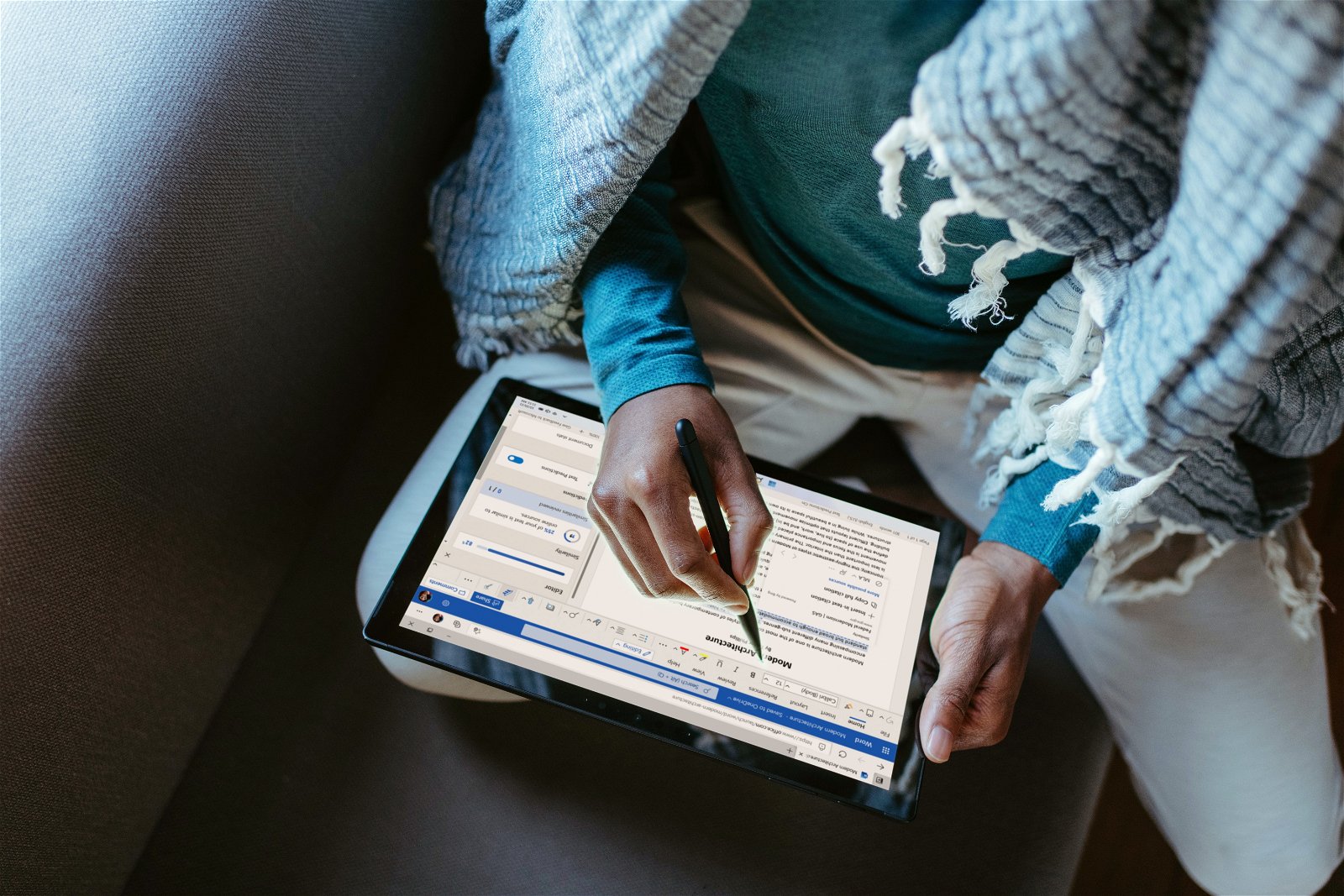
Windows 11 is only available for 64-bit processors. If this is your version of Windows, the mystery is now solved.
In case your gear comes with Windows 11, the system version you have installed is 64-bit. You no longer need to think about it.
Why are we so sure? For the first time, Microsoft has ruled out the launch of a variant for 32-bit processors. That means, Windows 11 is only compatible with 64-bit computers. This is one of the most notable differences between Windows 11 and Windows 10.
Also, you should know that if you bought your computer in 2022, especially in the second half of the year, or later, it will most likely come with this version of the operating system. Microsoft released this update on October 5, 2021 and since then, most laptops and desktop PCs sold have it pre-installed.
Windows versions and architectures supported
Perhaps you are still not too sure which Windows you have installed and what its architecture is. Let’s briefly review the visual characteristics of each version so that you can identify it more easily.
Windows 11
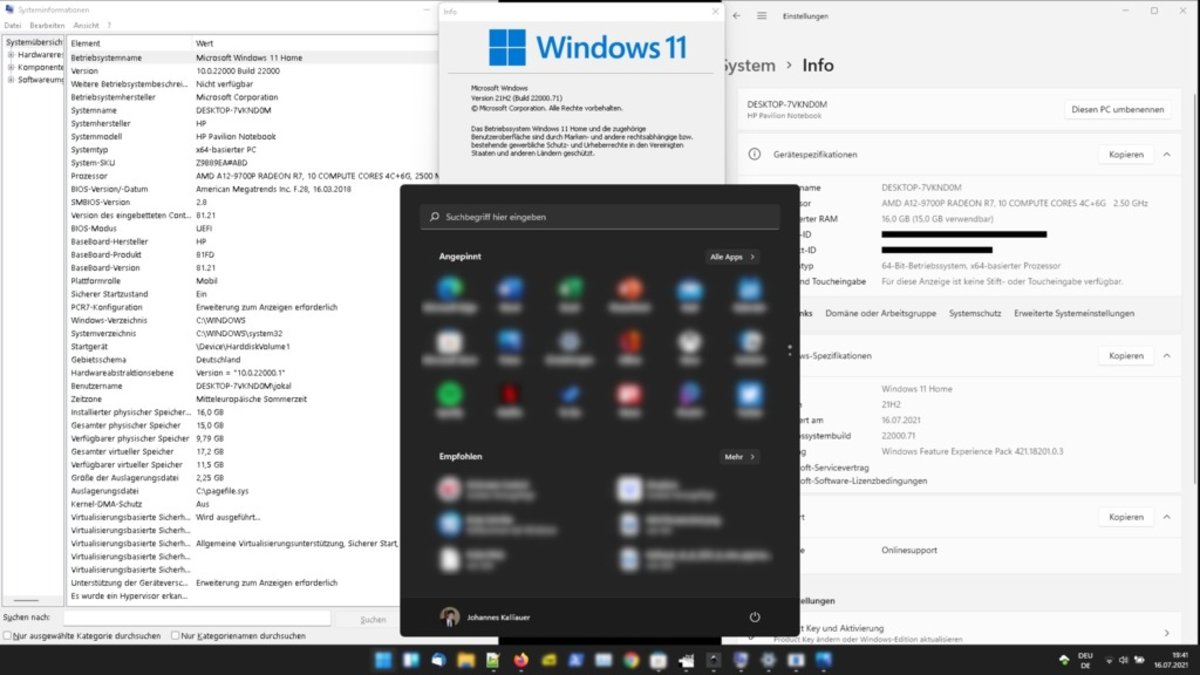
A screenshot of Windows 11 with the start menu in the central layout
Windows 11 ships with taskbar items set to center alignment, although this setting can be changed. However, if you see the Home button and the rest of the icons in the centerit means you have Windows 11. If so, the only architecture available is 64-bit.
Windows 10
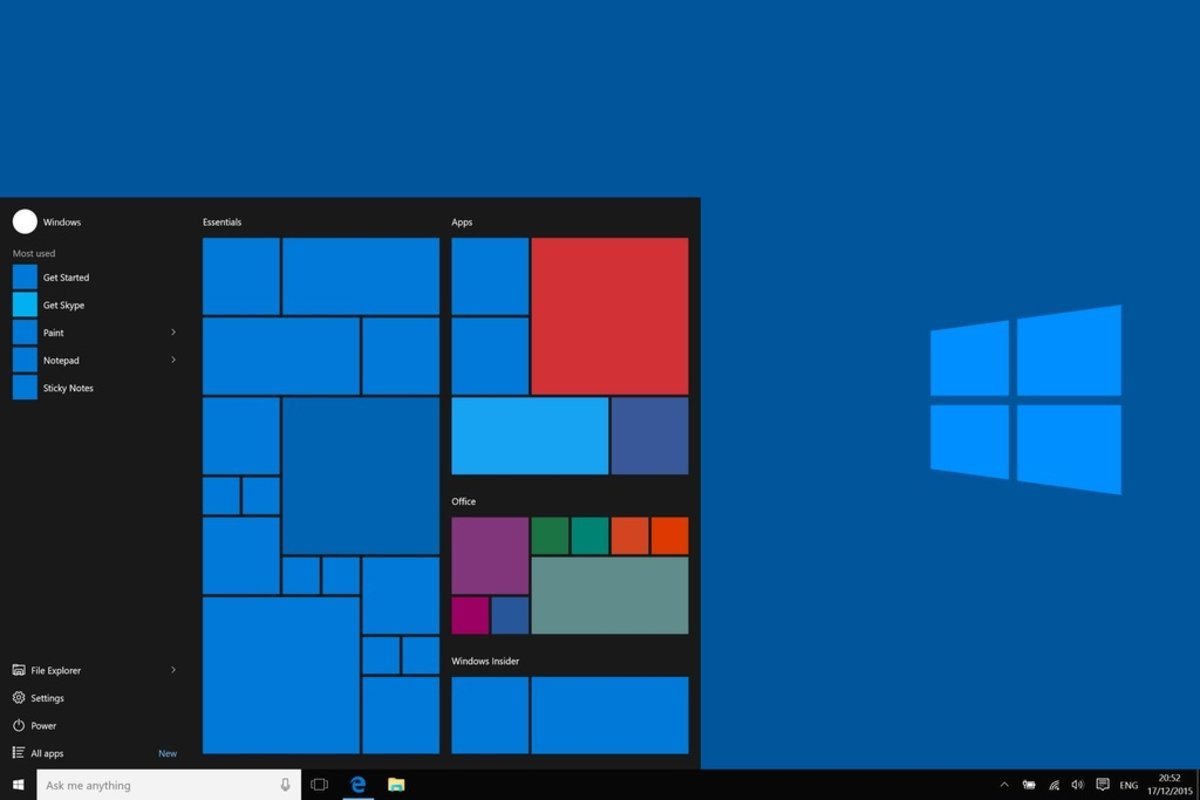
Outlined look of Windows 10, with its classic tiles in the start menu
Windows 10 it is by far the most popular version in recent years. It appeared in 2015 and came to solve problems introduced in Windows 8. It was supposed to be the latest version of the operating system from Microsoft, although the company has finally released Windows 11. It is distinguished by a black taskbar and a button unobtrusive startup, with a white Windows logo. It has 32 and 64 bit versionsalthough the latter are usually the most common.
Windows 8 and 8.1
To have Windows 8 it means your device starts in touch mode by default. Also, when you’re at your desk, there is no start button on the taskbar. All of that changes with Windows 8.1, which brought back this much-requested item. Its appearance is very similar to that of Windows 7, although more focused on touch environments. Windows 8 and 8.1 came with 32 and 64 bit versions.
Windows 7
Windows 7 it was a marked improvement over its predecessor, Windows Vista. The visual style was very similar, betting on transparencies and on the circular home button. The default background showed a Windows logo with the typical four colors. I have had issues for 32 and 64 bit processors.
Windows Vista
Windows Vista It attracts attention for the transparency of the elements and for a taskbar with a glass effect. The start button is round and is integrated into the bar itself, on the left side. It’s an operating system available in 32 and 64 bit.
Windows XP
Windows XP It is one of the mythical operating systems from Microsoft. It stands out for its vivid blue taskbar, a background of a hill with a blue sky and a green home key. If you have this version, it’s probably a 32-bit edition, although there are 64-bit ones as well.
How to know which version of Windows I have
To find out the exact version of Windows you have, the fastest way is to run the command winver. How to do it?
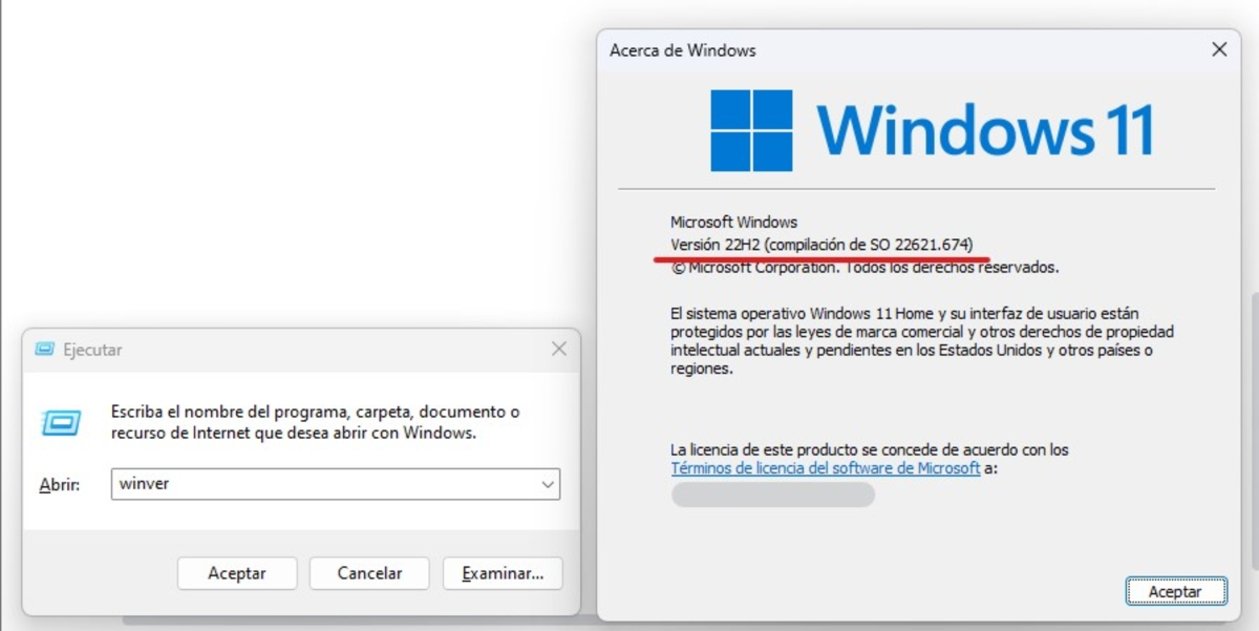
The winver command is used to quickly display operating system characteristics, such as the installed edition or version
- Press on the keys Windows+R.
- In the Run dialog, type winver.
- Click on Introduction to confirm.
- Check the installed version in the pop-up window.
By doing this you will not find out if the version of Windows is 32 or 64 bit. However, if the logo of Windows 11, you will have already confirmed that your system is 64-bit. But what if you have an older version?
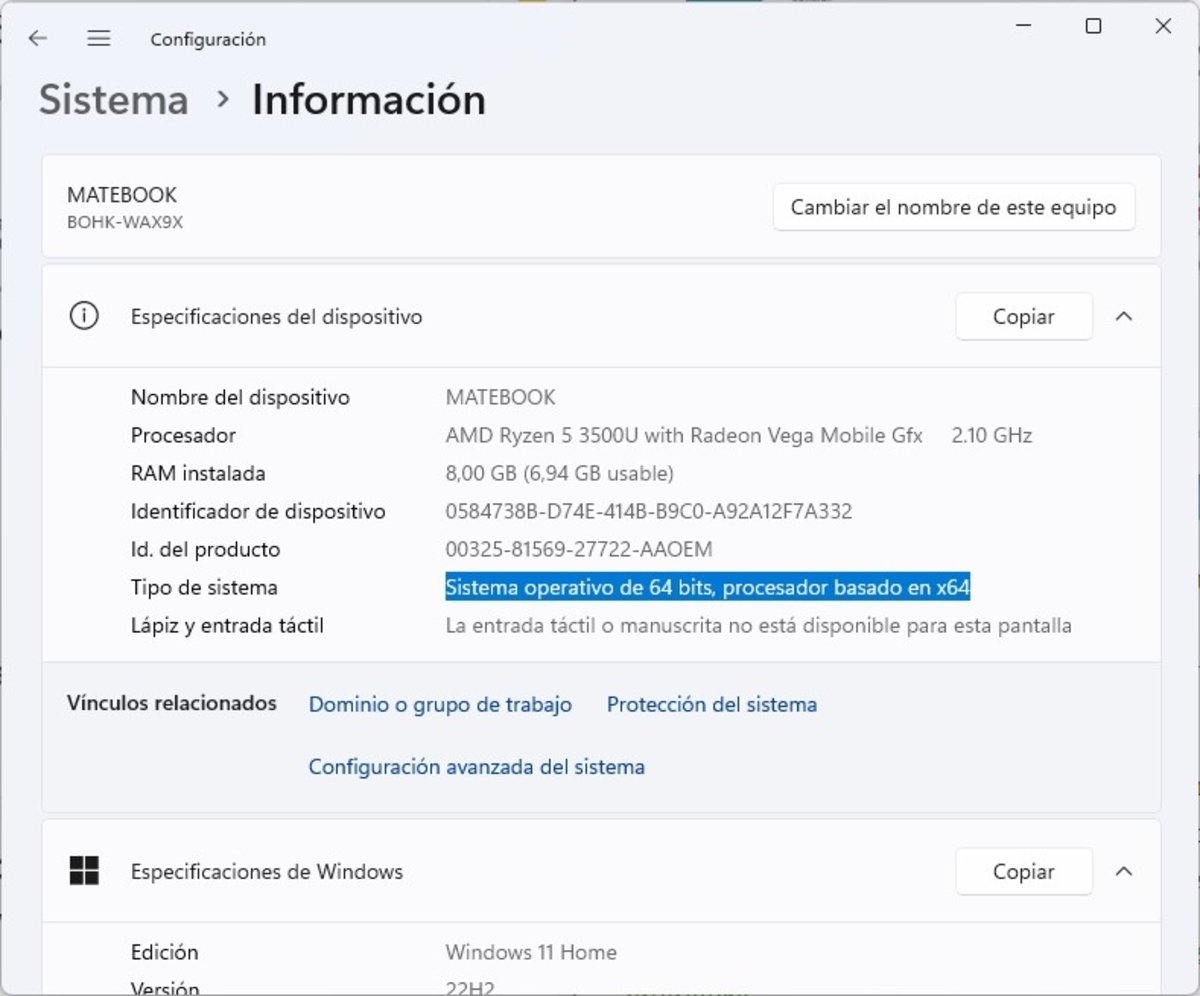
In the Windows information section you will see if your processor is 32 or 64 bit, as well as the installed variant of Windows
On Windows 10, do the following:
- Open the Windows settings.
- Enter the section System.
- Click on Information.
- notice the line System type.
In earlier versions, access this information from the file File navigatorright-clicking on This team and selecting Property. In any case, it is the place to go to find out the type of processor you have, but also if the version of the operating system fits or not. Remember that the steps are a little different when you want to find out whether Windows is activated or not.

